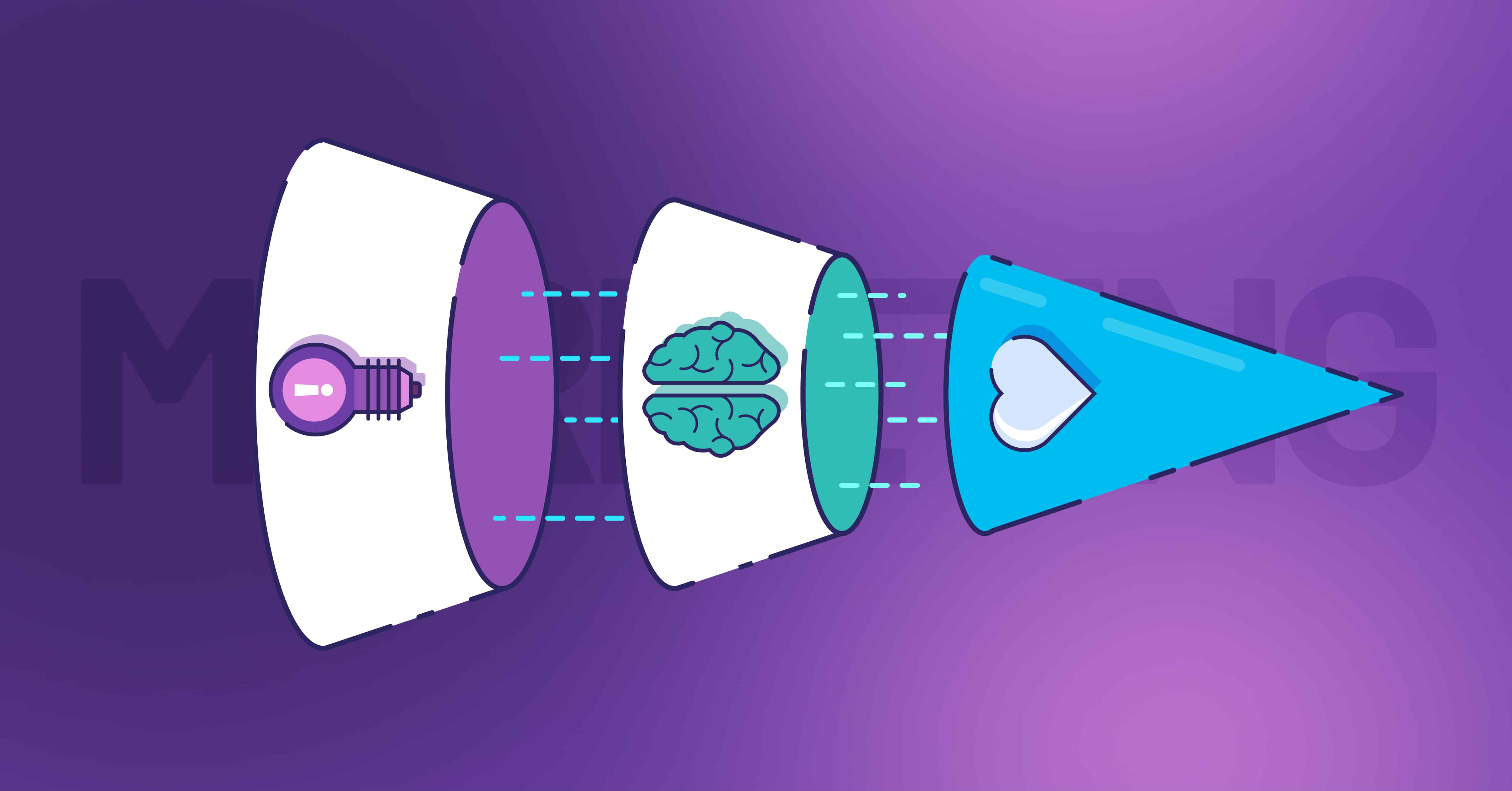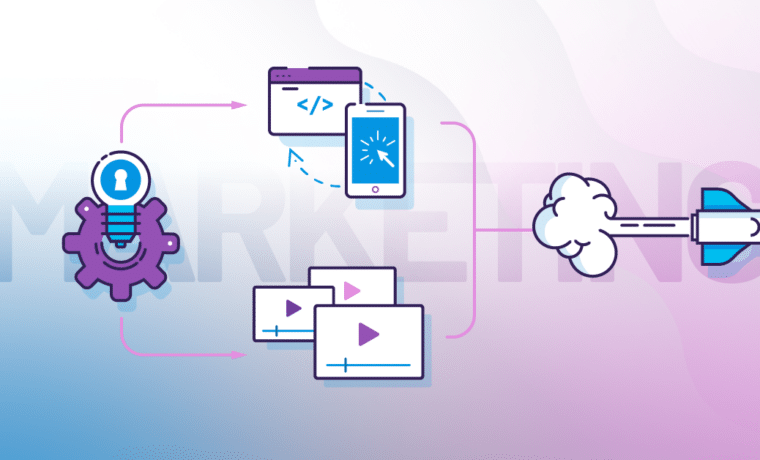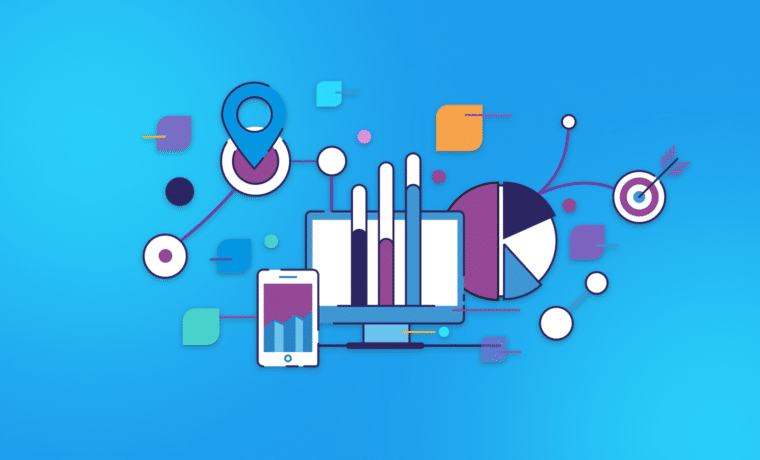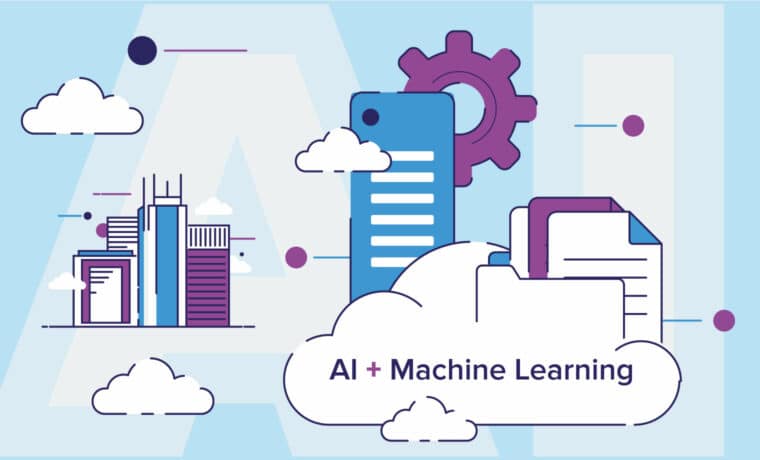Maximizing the Marketing Funnel

March 28, 2024 3 min read
A strategic marketing plan is like a funnel. You cast a wide net, then keep narrowing things down to identify those more likely to engage with your product or service.

Marketing is designed to increase awareness of what you offer and lead your audiences to a conversion—whether that is a purchase, meeting, or other connection. But your target audiences differ on how ready they are to engage with you.
So how can you manage the different levels of readiness?
Use a marketing funnel strategy. Guiding your target audiences’ journeys toward the steps you want them to take, you’ll start generating awareness by casting your message to a wide audience in a broad way. You’ll then encourage engagement by moving them through more conversational messaging around how you solve their pain points. From there, you’ll continue to converse as you prove the value of your offering and entice them to convert. Each of these levels has different objectives and KPIs, which answer back to your business goals.
The 3 Critical Phases of the Marketing Funnel
There are many models varying in sophistication levels that offer ways to approach the marketing funnel. With any strategic marketing plan, the goal is to offer appropriate messaging to prospects through a variety of channels designed to serve different purposes in converting them into customers.
Three key phases of the marketing funnel drive this action.
1. Awareness
This is where you make your products or services visible. While the initiatives will be different for every company, your plan should account for things like brand awareness, market share, and offering maturity.
- The attention-getting messaging in these channels should be based on an understanding of audience pain points and how you solve those.
- Use multiple channels for awareness as you want to meet them where they are, enhance your company’s validity, and stay top-of-mind.
- Since you are moving prospects toward conversion, KPIs should reflect that, referencing things like impressions, web analytics including sources and bounce rate, and performance of branded keywords.
- Examples of awareness tactics include paid and organic social media, outdoor advertising, and sponsorships.
2. Engagement
This phase offers those interested in your offering more detailed information on your value proposition and what makes you distinct.
- Messaging in these channels should be more informative as those interested will want to learn more.
- These tactics will carry the conversations that help move them through to conversion.
- Examples of engagement tactics include paid search, SEO-based content, compelling web pages via sessions and time spent on page, social media engagement, and email marketing.
- Retargeting and remarketing are effective tools to engage interested parties. These approaches are available in several online platforms, like Google ads and LinkedIn, or you can invest in paid campaigns that use integrated pixels on your website.
3. Conversion
No matter how you define conversion, your activities should be based on business models and campaign objectives.
- These channels are more direct and push to the desired outcome.
- Examples of conversion tactics include email marketing, promotional offers, retargeting campaigns, additional content, demos, and in-person or virtual events.
Considering the stages for the marketing funnel is an intentional way to segment and focus messaging to strategically approach audiences in a variety of ways to get the most out of your marketing efforts.





